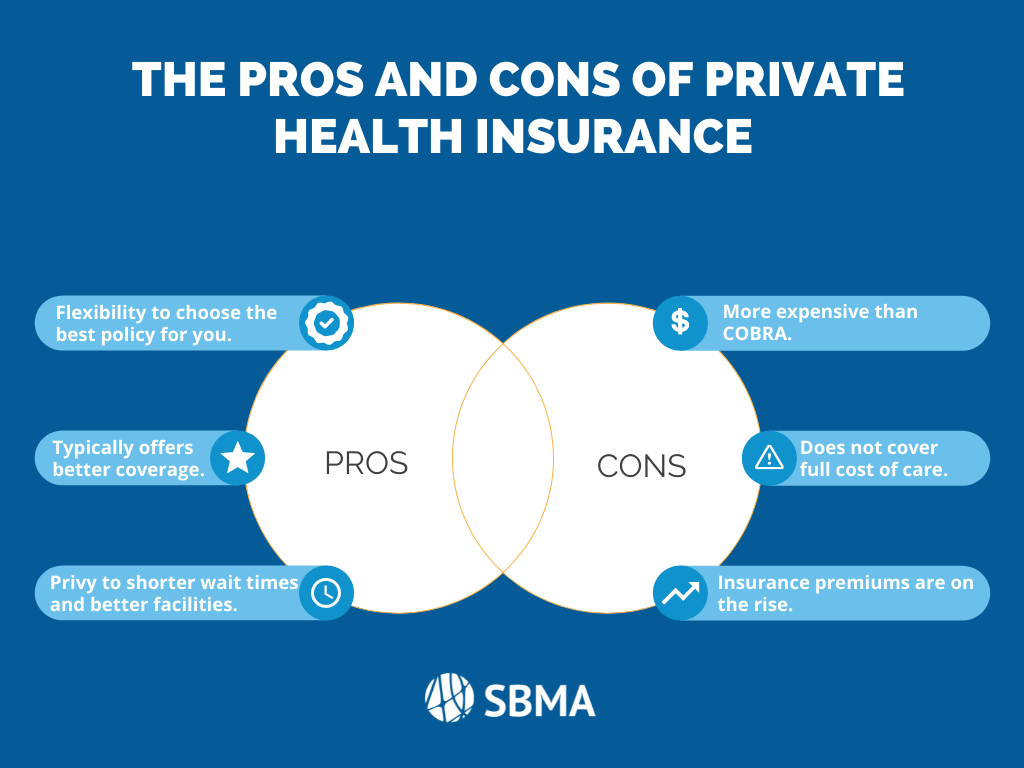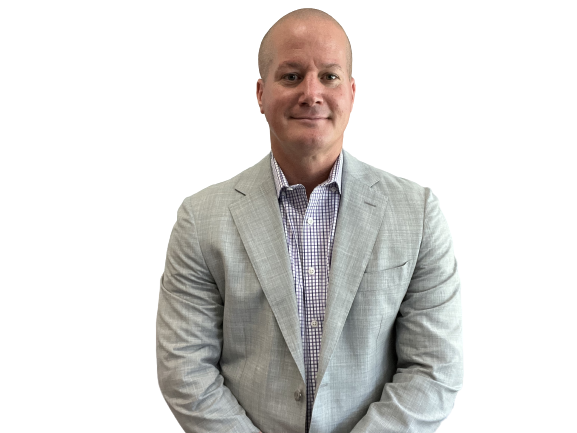Medicare Advantage Agent Fundamentals Explained
Medicare Advantage Agent Fundamentals Explained
Blog Article
Things about Medicare Advantage Agent
Table of ContentsThe 15-Second Trick For Medicare Advantage Agent4 Easy Facts About Medicare Advantage Agent DescribedMedicare Advantage Agent - The Facts


follows from complies with the relatively young reasonably profile of account uninsured with the better healthMuch better wellness average, of younger personsMore youthful For those without access to workplace wellness insurance policy, inadequate wellness is a possible barrier to acquiring nongroup insurance coverage because such insurance coverage might be very valued, exclude preexisting conditions, or be merely not available. Unless otherwise kept in mind, nationwide estimates of people without health and wellness insurance policy and proportions of the populace with different kinds of protection are based on the CPS, the most extensively used resource of estimates of insurance coverage and uninsurance prices.

The Basic Principles Of Medicare Advantage Agent
The partnership in between health and wellness insurance policy and access to care is well established, as documented later on in this chapter. The connection in between health insurance coverage and health outcomes is neither direct nor easy, a substantial medical and health and wellness solutions research study literature web links health and wellness insurance protection
to improved access accessibility care, better much betterTop quality and improved enhanced individual population populace wellness. The 2nd record, on individual health outcomes for without insurance adults, is represented by the inner circle of the figure, while the third record, on family health, encompasses the subjects of the 2nd record yet stresses a various device of analysis, particularly, the family.
Moreover, it focuses especially on those with no health and wellness insurance policy for any kind of size of time. The problems encountered by the underinsured are in some aspects similar to those dealt with by the without insurance, although they are generally much less extreme. Uninsurance and underinsurance, nevertheless, entail noticeably various policy problems, and the approaches for resolving them might differ. Throughout this research and the 5 reports to comply with, the main focus is on individuals without medical insurance and hence no aid in paying for health care beyond what is available with charity and safety and security net establishments. Health and wellness insurance is an effective element impacting invoice of care due to the fact that both individuals and doctors respond to the out-of-pocket rate of services. Medical insurance, however, is neither essential neither sufficient to obtain access to clinical services. The independent and direct impact of health
insurance insurance policy on access accessibility health health and wellness is well establishedDeveloped Others will get the health and wellness treatment they require also without medical insurance, by paying for it out of pocket or seeking it from suppliers who provide care complimentary or at very subsidized prices. For still others, medical insurance alone does not make sure invoice of care due to the fact that of various other nonfinancial barriers, such as an absence of healthcare service providers in their area, minimal access to transportation, illiteracy, or etymological and cultural differences. Official research regarding uninsured populaces in the United States dates to the late 1920s and early 1930s when the Board on the Cost of Healthcare created a collection of reports regarding funding doctor workplace sees and hospital stays. This issue came to be significant as the numbers of clinically indigent climbed up during the Great Depression. Empirical researches continually support the web link between access to care and boosted health and wellness outcomes(Bindman Website et al., 1995; Starfield, 1995 ). Having a regular source of treatment can be thought about a predictor of gain access to, as opposed to a direct measure of it, when health end results are themselves made use of as access indicators. This expansion of the idea of access measurement was made by the IOM Board on Keeping Track Of Gain Access To to Personal Healthcare Solutions(Millman, 1993, p. Whether or not moms and dads are insured shows up to influence whether or not their youngsters obtain care along with exactly how much careeven if the youngsters themselves have insurance coverage(Hanson, 1998). The health of parents can influence their capability to look after their children and the degree of family members stress and anxiety. Worrying concerning their children's access to care is itself a resource of anxiety for parents. Three chapters adhere to in this report. Chapter 2 offers a review of exactly how employment-based medical insurance, public programs and private insurance coverage operate and engage to offer substantial yet incomplete insurance coverage of the united state populace. This consists of a review of historic fads and public laws influencing both public and exclusive insurance coverage, a discussion of the interactions amongst the various kinds of insurance policy, and an evaluation of why individuals relocate from one program to one more or finish up
.png)
Report this page